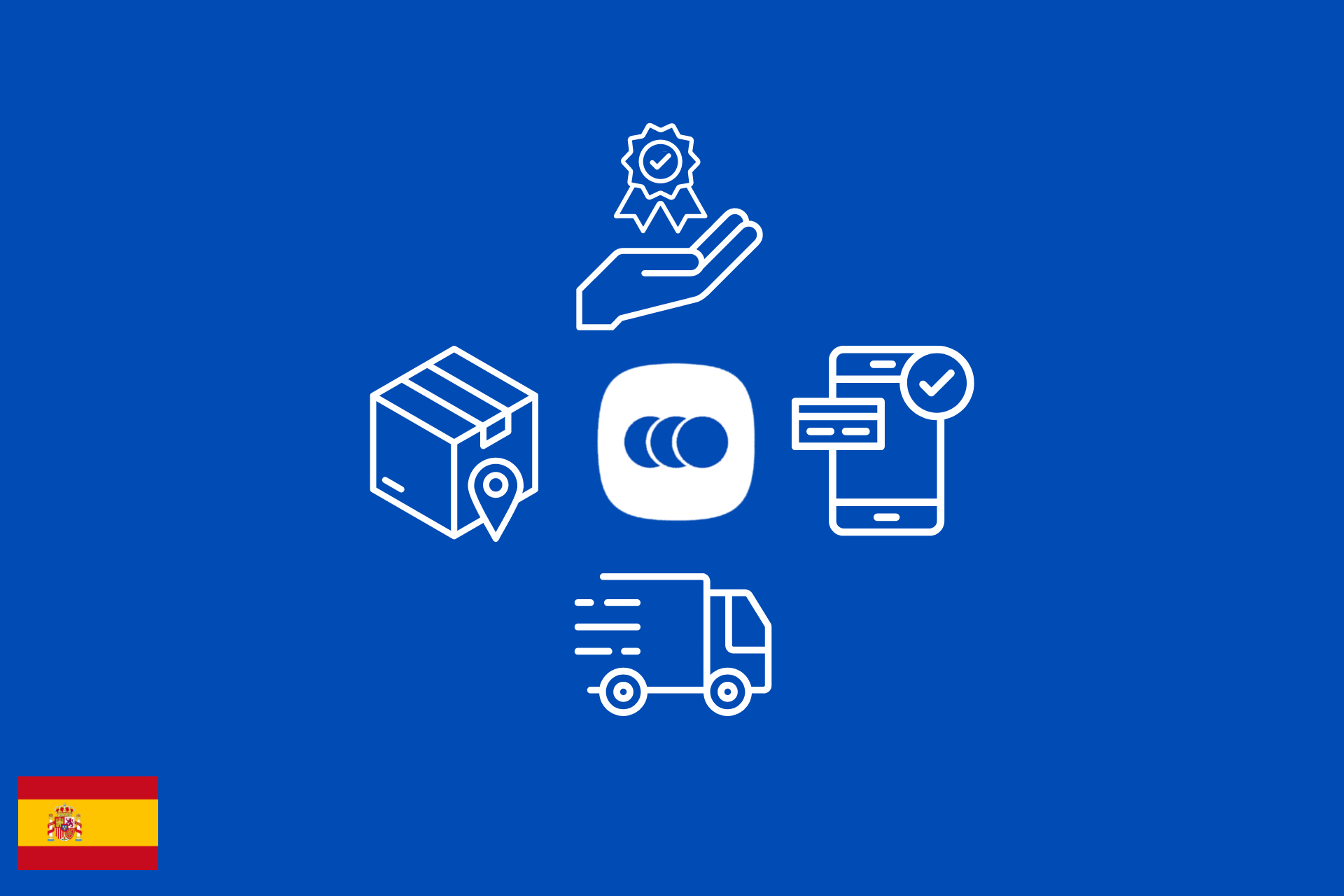Marketplace C2C : atteindre la rentabilité est-il possible malgré les petits paniers ?Article
9 février 2024

Une marketplace C2C permet aux utilisateurs de vendre des produits ou services directement à d’autres consommateurs. Cela peut sembler être une activité à risque et peu rentable, pourtant de nombreuses entreprises ont réussi à créer un business florissant. Dans cet article, nous examinons les défis et les stratégies clés pour créer une marketplace C2C rentable.
Le contenu que vous trouverez au sein de cet article :
Défi 1 : Attirer des utilisateurs et des vendeurs
Les entreprises doivent développer des stratégies pour augmenter leur audience et améliorer leur expérience utilisateur. Cela peut être accompli en utilisant des stratégies de marketing numérique telles que la publicité sur les réseaux sociaux et les moteurs de recherche. Les marketplaces C2C peuvent également offrir des promotions pour attirer des utilisateurs et des vendeurs sur la plateforme.
Défi 2 : Faire évoluer la Marketplace C2C
Par la même occasion, les marketplaces doivent être évolutives pour suivre le rythme de la croissance. La mise en place des systèmes informatiques évolutifs est nécessaire pour gérer le volume croissant de données et d’utilisateurs, améliorer l’expérience utilisateur et accélérer la chaîne transactionnelle.
Défi 3 : Diversifier l’offre
La diversification est un autre élément clé pour attirer un public plus large et augmenter ses revenus. Par exemple, cela peut se traduire par l’extension d’une gamme spécifique de produit (une marketplace C2C spécialisée dans le Running peut étendre son activité au Trail). En élargissant leur offre, les marketplaces attirent un public plus large et augmentent directement leur chiffre d’affaires.
La diversification peut également intervenir au niveau des services, tels que des options de livraisons plus rapides ou des services d’emballage et d’expédition. Les entreprises peuvent également offrir des fonctionnalités exclusives pour les acheteurs, telles que des options de personnalisation ou des fonctionnalités d’achat en quelques clics. Par exemple, l’achat d’un panier unifié permet aux acheteurs de n’effectuer qu’un seul paiement, ce qui augmente donc le taux de conversion et fait des vendeurs heureux !

Défi 4 : Être compétitif sur le marché
En plus de ces stratégies, il est important de considérer la concurrence sur le marché. Les entreprises doivent offrir un avantage concurrentiel pour attirer des utilisateurs, qu’ils soient futurs acheteurs et/ou vendeurs. Cela peut être accompli en offrant des frais d’utilisation inférieurs à ceux des autres marketplaces, ou en offrant des fonctionnalités uniques qui ne sont pas disponibles ailleurs. L’optimisation et l’adaptabilité des entreprises doit être appréciés face aux besoins changeants des consommateurs et aux évolutions du marché.
Défi 5 : Gérer les vendeurs et acheteurs peu fiables
Pour attirer des futurs utilisateurs de confiance, il est fortement conseillé de mettre en place les fonctionnalités adéquates pour protéger au maximum son image de marque. Que ce soit des systèmes de notation des vendeurs, des garanties de protection en cas de litiges, ou bien une solution de paiement sécurisé, ces bonnes pratiques légitiment le sérieux du projet. Tripartie accompagne les acteurs de la seconde-main et leur permettant d’automatiser les réclamations et de traiter les litiges grâce à l’intelligence artificielle. En savoir plus ici.
Défi 6 : Sécuriser le paiement
Devenu incontournable dans le monde digital, le paiement n’est plus négligeable, c’est même une priorité ! Gare toutefois aux fraudeurs toujours plus « professionnels » qui n’hésitent pas à passer à l’action une fois la faille connue. Se protéger contre la fraude et l’escroquerie n’est plus un défi mais une nécessité pour les marketplaces C2C
En conclusion
Créer une marketplace C2C rentable peut sembler difficile, mais c’est tout à fait possible si les entreprises prennent en compte les défis et utilisent les bonnes stratégies. L’acquisition, la différenciation, la diversification ou la compétitivité sont des éléments clés pour atteindre une source de revenus à long terme.
Vous lancez une Marketplace C2C ?
Tripartie permet aux Retailers, Marketplaces et grandes entreprises d’investir le marché de la seconde-main et des plateformes entre particuliers rapidement, sans risque opérationnel et réputationnel.
Tripartie a une approche basée sur la confiance et fournit un ensemble d’outils pour assurer des transactions sûres et conformes ainsi qu’une résolution efficace des litiges utilisateurs. Réservez une démo produit !



